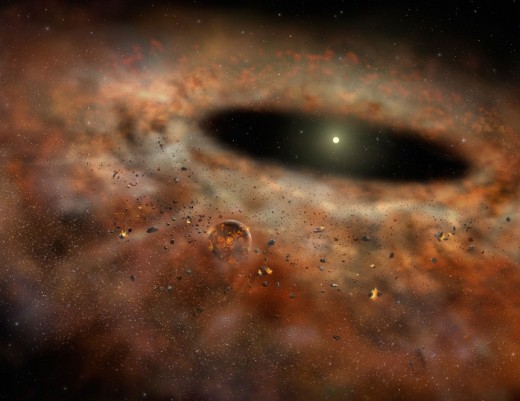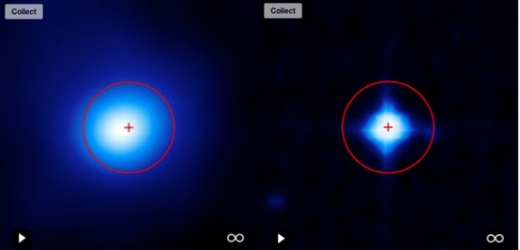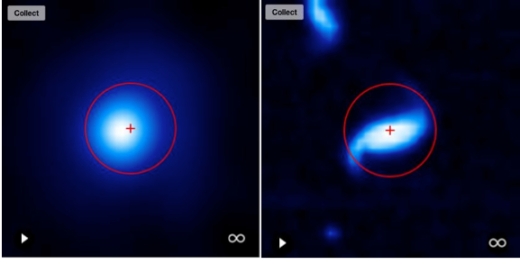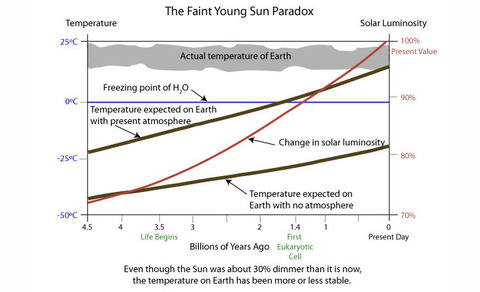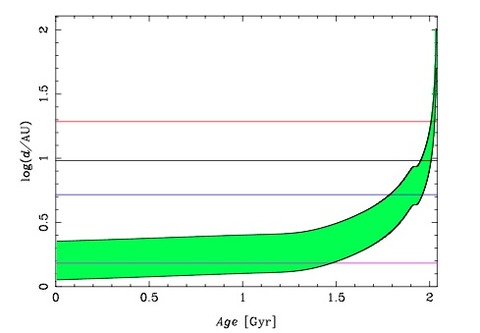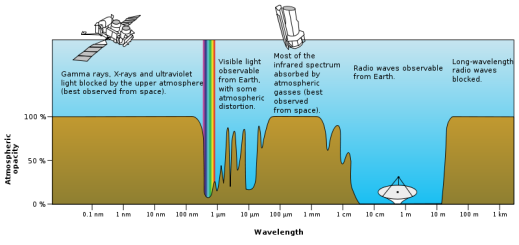By Ronnie Ovando
Asteroid mining sounds like a notion many people want, but don’t believe will be implemented ever in the near future. After all, anything space travel related sounds like something that costs too much time, labor, and money. However, many people are ambitious and are reaching for the stars (pun intended). Companies such as Planetary Resources state that they have all the resources for this aspiring notion. The question is, are they right?
From my perspective, my biggest concern would be if the ideal conditions for mining are met. Think about it like buying groceries on a budget. The best situation would be if the store was within walking distance as to save money on gas, and if that particular store gave the best groceries at the lowest prices. Of course, those circumstances are rare and should not be expected nor should be the determining factor. Instead, situations that mimic the ideal conditions should be the deal-breaker in whether one decides to go to that grocery store, or in this case, use asteroids for mining.

“Which are the biggest asteroids?” Graph made from data stored here. Note: LD stances for Lunar Distance (the average Earth-Moon distance)
Assuming that the ideal situation for asteroid mining includes factors such as the size of asteroid and being a voyagable distance to the asteroid, I made two graphs to investigate the size and distance of asteroids in order to find the best candidates for mining. The graphs labeled “Size (meters) v. Next Close Approach Distance (LD)” above and below contain data from the International Astronomical Union’s (IAU for short) Minor Planet Center Website. All the asteroids graphed in the first graph are the Union’s top 20 biggest asteroids. Their sizes range from 5000-46,000 meters. However, none of them made it on to the top 20 list of most travelable asteroids, as shown in the lower graph, despite a handful of them sharing similar distances. I can only assume other elements than distance have an influence on what is considered to be “easy to travel to.”

“Which asteroids are the easiest to travel to?” Graph made from data stored here. Note: LD stances for Lunar Distance (the average Earth-Moon distance)
So this begs the question: is asteroid mining even worth it? One company of the name Planetary Resources says yes. Their CEO, Chris Lewicki, said in an interview for Bloomberg that “The solar system is really an abundance of resources that has enough to power humanity to the end of the sun with a population many thousand times our existing planet.” Their website has evolved into a great resource for asteroid mining itself. I was able to find an article that was able to provide information on the concerns I had earlier. Turns out they were the same concerns the company had! Lewicki himself said that the asteroids they target are “Near-Earth.” One of the asteroids of the IAU’s most travelable, 2008 HU4, is one the company is currently interested in.
Distance and size are not the only aspects taken into account. Factors such as change in energy (Delta/△ V), spin rate, and type are used in determining which asteroids are qualified. Size tends to give the most trouble, as the article puts it “Most near-Earth asteroids are much smaller, making the ones large enough a bit harder to come by.” However, the resources gained from asteroid mining could potentially overshadow all the cons. Many asteroids have water in some of form, either as ice or in clay. Appropriate enough, since rocket fuel, you guessed it, is made out of water. Asteroids could act like space versions of the gas stations on Earth.
It’s impossible when talking about asteroids to ignore the different elements found on them and not found on Earth. Platinum is one great example. This element is not found in the earth’s crust, but rather near the core. It is thanks to volcanoes and and asteroid-earth impacts that platinum could be in human hands. Planetary Resources argues that because of the rarity of this metal, economic success could occur if it was mined. Similar to when Andrew Carnegie mass produced steel during the 1800’s, prices for platinum will drop dramatically, making it available for companies to use more and move forward with technology.
Different people informed on this topic will inevitably have different opinions. Some will prioritize short term over long term economics. Others simply care more about the resources such as water and rare metals. Others are preoccupied with the fact that the best asteroids are much farther away. There will be people who question this, and there will be people who work at Planetary Resources. Whatever side you’re on, it’s important to note that space will always be waiting, ready for when we start to travel it.
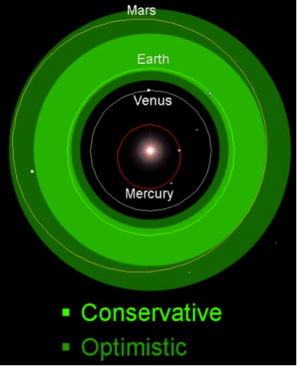

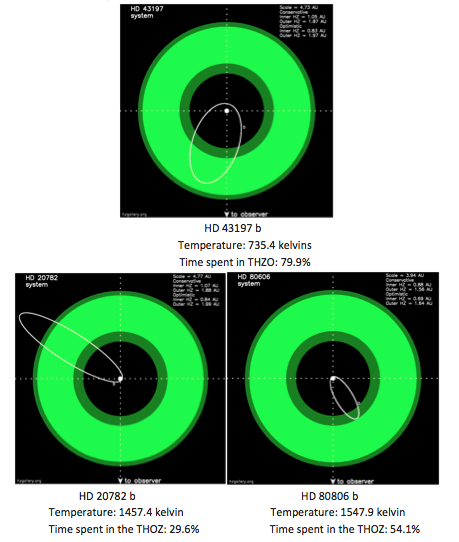
 from
from 